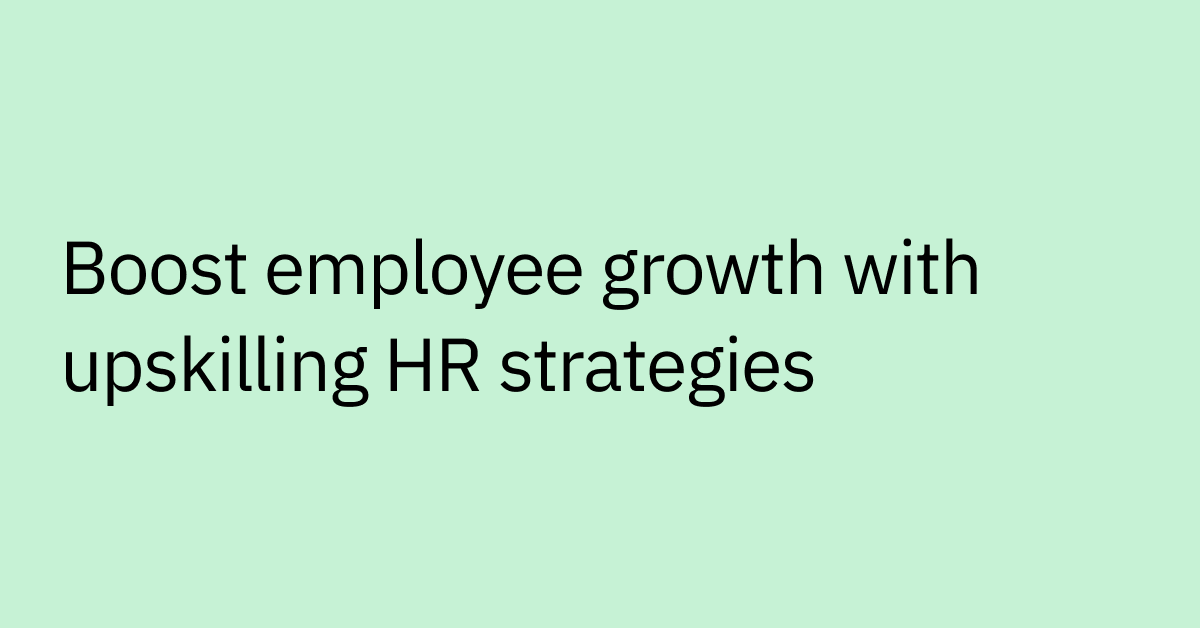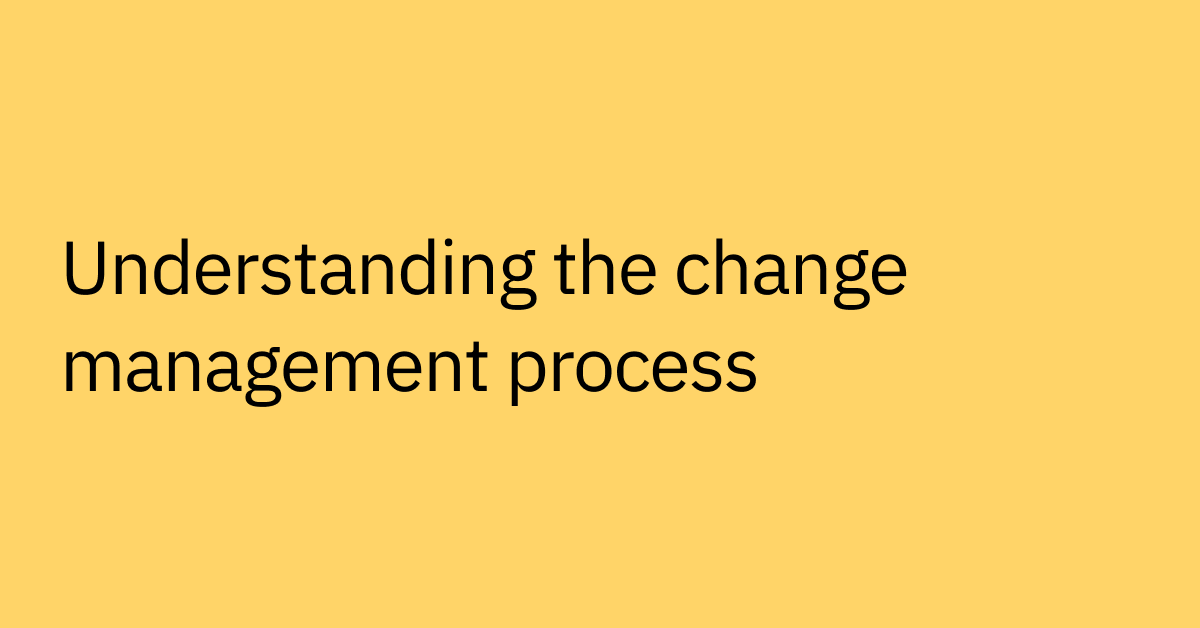Table of contents
Highlights
- Hybrid workplaces require more than policies; enterprises need operational execution that works across IT, HR, and operations.
- AI enables fairness by providing consistent, real-time support to remote and in-office employees.
- Integrated automation eliminates fragmentation across tools and processes, keeping employees productive in the flow of work.
- Continuous measurement ensures hybrid strategies drive engagement and efficiency at scale.
Are your employees back in the office three days a week? Or maybe they're fully remote on Tuesdays and Thursdays. Maybe some are on-site in the London office, while others work from home in Austin, and a few work from co-working spaces across different time zones.
Flexible and hybrid work environments are now the default for many enterprises, with 24% of Q2 2025 job postings being hybrid.
But while hybrid work arrangements offer more flexibility in how work gets done, they also introduce layers of complexity that hybrid work policies alone don't solve. Employees expect equal support whether they're remote or in the office. Yet they often encounter disconnected tools, inconsistent access, and long wait times for HR or IT help.
The problem is that cultural policies like "fairness guidelines" or "meeting etiquette" don't address operational roadblocks. Without effective processes, hybrid work models can lead to more hurdles, increased disengagement, uneven employee experiences, and employee burnout.
That's why it's important to have a playbook that goes beyond policy to make sure you’re maintaining parity, productivity, and consistency across your hybrid team. AI can serve as the unifying force that lets you scale these practices within your organization while improving the overall employee experience.
Why hybrid workplaces struggle without operational execution
Hybrid models can introduce complexity that cultural policies alone don't address.
Disconnected tools, unequal support for remote and in-office employees, and sluggish or inconsistent onboarding processes can lead to growing employee frustration. HR and IT leaders often rely on policies or training as solutions, but these methods fall short when it comes to addressing the everyday issues employees are running into. Those daily challenges, like delays in IT support during meetings or slow HR access that hampers new hire productivity, need more immediate solutions.
Say a team member in the San Francisco office needs software access approval, while another working remotely in Berlin has the same request. One walks over to IT and gets immediate help in 10 minutes. The other submits a ticket and waits 24 hours for a response. Same company, same request, different experience.
This isn’t intentional, but it is common. Even the most well-intentioned hybrid policies can create more problems than they alleviate.
Measure what matters. Get actionable insights into employee experience with our guide to measuring productivity and employee engagement.
Best practices for managing a hybrid workplace at scale
Setting clear expectations around flexibility and collaboration is a good start, but it's not enough. The real issues happen when employees spend time navigating multiple portals, waiting hours for IT responses, or dealing with inconsistent support experiences based on where they’re working that day.
The gap between intention and reality is where hybrid work models often fail. You need systems and processes that deliver on the promises your policies make.
The following are five practices that can help enterprises bridge that gap—creating reliable support and consistent experiences that work at scale—no matter if someone is at headquarters, in a satellite office, or working remotely.
1) Deliver consistent support across locations
Parity is the foundation of successful hybrid work. Remote work and in-person work should ultimately have the same speed and quality level of support.
That said, support quality often depends on work location, manager, or even time zone. A new hire in Tokyo might wait days for a laptop setup, while someone in the main office gets same-day service.
Best practice means standardizing support delivery:
- Real-time assistance: Employees can get immediate help with common requests like password resets, software access, or policy questions through agentic AI assistants that work across chat, web, and mobile platforms
- 24/7 availability: Support doesn't stop when offices close or when employees work across different time zones
- Consistent experience: Whether someone asks, "How do I set up VPN access?" in Slack, Microsoft Teams, or email, they receive the same quality response and resolution
AI assistants make this possible by providing real-time, consistent support without adding overhead to your existing teams.
2) Unify tools and workflows with AI
Tool fragmentation can be one of the biggest sources of hybrid workplace friction. Employees might toggle between HRIS systems, IT service management platforms, payroll portals, and collaboration tools just to complete simple tasks.
The best practice is creating unified access through AI that connects across these systems.
Here's what this can look like in practice:
- Single interface: An employee requests new software in Slack. The system confirms access and identity and handles approvals automatically, regardless of the employee’s location.
- Cross-system coordination: AI acts as the connective tissue, pulling information from multiple sources and executing actions across the different, necessary platforms.
- Reduced friction: Employees complete tasks without switching between applications or waiting for manual handoffs between teams.
AI can help eliminate the complexity that often makes hybrid work feel disjointed and inefficient.
3) Maintain engagement and productivity with proactive support
Hybrid work models can lead to disengagement if remote employees feel isolated or unsupported. Relying solely on reactive support—that is, waiting for employees to submit tickets or raise concerns—is no longer helpful, especially at scale.
Proactive support anticipates needs (often through data-driven insights) and addresses potential issues before they impact productivity:
- Contextual reminders: AI can provide timely nudges about benefits deadlines, required training, or overdue tasks based on each employee's role and location.
- Early intervention: Systems can identify patterns that signal disengagement or support gaps (in the form of repeated, common support requests), helping leaders address issues before they escalate.
- Continuous guidance: New hires and employees changing roles can receive ongoing support throughout their journeys, not just during their first week of onboarding.
AI provides real-time visibility into employee pain points, enabling leaders to resolve challenges proactively rather than reactively.
4) Build fairness and inclusion into operations
Cultural best practices around hybrid meeting etiquette and inclusion are important, but execution matters more.
Fairness requires standardizing and automating processes so employees receive consistent experiences regardless of location, manager, or reporting structure.
Operational fairness means:
- Uniform processes: PTO approvals, expense submissions, and access requests follow the same workflow and timeline for everyone.
- Transparent tracking: Employees should be able to see request statuses and expected resolution times, reducing the uncertainty that leads to follow-up messages.
- Role-based consistency: A marketing manager in London should get the same software access and onboarding experience as one in New York.
When processes are automated and standardized, fairness becomes built into operations instead of being dependent on individual managers or teams.
5) Measure hybrid workplace effectiveness continuously
Quarterly policy reviews and annual surveys won't keep pace with the flexible nature of hybrid work. Real-time measurement provides the insights you need to adjust and improve continuously.
Helpful metrics to track include:
- Support resolution speed: Are in-office and remote team members getting help at the same pace?
- Workflow adoption: Which automated processes are employees using, and where are they encountering problems?
- Engagement indicators: How satisfied and productive are employees across locations?
- Process efficiency: How well are cross-functional workflows performing, and where do handoffs break down?
Continuous measurement lets leaders adapt hybrid practices based on actual workforce needs rather than assumptions.
How AI creates a more connected enterprise
AI is capable of providing better automation opportunities for hybrid workforces through context-aware, adaptive support across locations and time zones. Whereas traditional automation relies on rigid rules and workflows, AI can go beyond static, scripted task execution.
AI platforms can integrate with communication tools, project management systems, and HR platforms to reduce manual application switching and duplicate data entry. They can also analyze data streams to prioritize tasks, flag potential issues, and recommend actions, with the aim of helping managers and employees stay aligned without constant check-ins.
Agentic AI takes this approach even further.
Rather than waiting for instructions, AI agents can act as a proactive teammate that understands goals, takes initiative, and adapts workflows across systems as conditions change.
This smart automation can provide:
- Personalized support: Employees receive personalized guidance and onboarding in the channels they already use (and are familiar with).
- Scalable knowledge sharing: Information becomes searchable and accessible across distributed teams regardless of location or language.
- Adaptive workflows: Systems adjust to changing conditions and requirements without manual reconfiguration.
Real-world use cases of agentic AI for distributed teams
Agentic AI serves as infrastructure for scale in distributed environments where employees work across time zones, rely on dozens of apps, and need workflows that adapt without human intervention.
Here are potential use cases in action:
- Intelligent onboarding: New hires receive personalized setup guidance based on their roles, locations, and departments. AI agents can provision accounts, guide employees through benefits enrollment, and provide role-specific training, all of which can be adapted to local compliance requirements and delivered in the employee's preferred language.
- Cross-system automation: When an employee requests software access, AI agents can verify permissions, route approvals to the right managers, update identity systems, and confirm completion, coordinating the entire workflow across multiple platforms—without manual handoffs.
- Proactive issue resolution: AI can monitor system performance and employee sentiment, identifying potential problems before they impact end-users and the decision-making process. For instance, if there's a widespread VPN issue affecting remote workers, the system can proactively send setup instructions and alternatives or escalate to human-led support teams.
- Global support consistency: An AI-powered system can provide all employees, regardless of time zone, with the same quality support. AI can understand regional differences,compliance requirements, and local business practices, allowing it to personalize its responses and actions. Multilingual support also adds to the overall employee experience for global teams.
Build an AI-powered hybrid workplace that works for your entire workforce
The success of your hybrid workplace depends largely on closing the gap between what leaders value—fairness, productivity, and connection—with what employees experience every day in their roles.
The most effective solutions blend comprehensive coverage and expert support with the precision, transparency, and cost savings of AI-driven automation. This means standardizing your processes, connecting your tools, and delivering consistent support experiences across locations and time zones.
Moveworks can be that unifying force, providing:
- Streamlined, consistent support: Real-time assistance across HR, IT, and operations that works the same way for every employee
- Better employee experience: Employee access to 24/7 help from wherever they work, using familiar messaging platforms like Slack and Microsoft Teams
- Enhanced productivity: Automated workflows that keep employees engaged and productive, whether they’re remote or in-office
- Enterprise-grade security and permissions: Secure access to information, plus automated governance
- Scalability and flexibility: Support for large, global teams, with scale to meet the needs of organizations with thousands of employeesLeadership visibility: Real-time insights into workforce needs and trends that allow for continuous improvement
If you’re building a hybrid work environment that feels more connected and equitable for everyone without overwhelming your existing teams with additional tools or overhead, Moveworks is your ideal partner
See how Moveworks AI-powered solutions can deliver the consistency and scale your hybrid workforce needs.
Frequently Asked Questions
The toughest challenges stem from fragmentation and inconsistency. In-office and remote employees often experience very different levels of visibility, support, and access to resources. Fragmented collaboration tools and inconsistent processes create friction that slows work and frustrates teams. The real challenge is ensuring parity so that all employees, regardless of location, stay productive and engaged.
Fairness requires moving beyond policies to ensure every employee has access to the same level of support, information, and opportunity. The most effective approach involves standardizing processes across HR, IT, and operations, then making them available in the tools your workforce already uses. Whether someone requests time off from home or the office, they should have the same simple, consistent experience.
AI serves as the connective layer across all the systems employees interact within a hybrid work model. Instead of toggling between portals, emails, and chat threads, employees get real-time answers and resolutions within the flow of work. For HR and IT teams, AI automates repetitive processes while surfacing workforce insights that help leaders identify trends and resolve friction faster.
Quarterly surveys only capture snapshots of employee sentiment, which moves too slowly for dynamic hybrid environments. Leaders should track real-time metrics like support resolution speed, adoption of automated workflows, and whether remote and in-office employees have equal access to resources. Modern AI systems provide this visibility automatically, helping you adapt quickly and improve the employee experience continuously.



